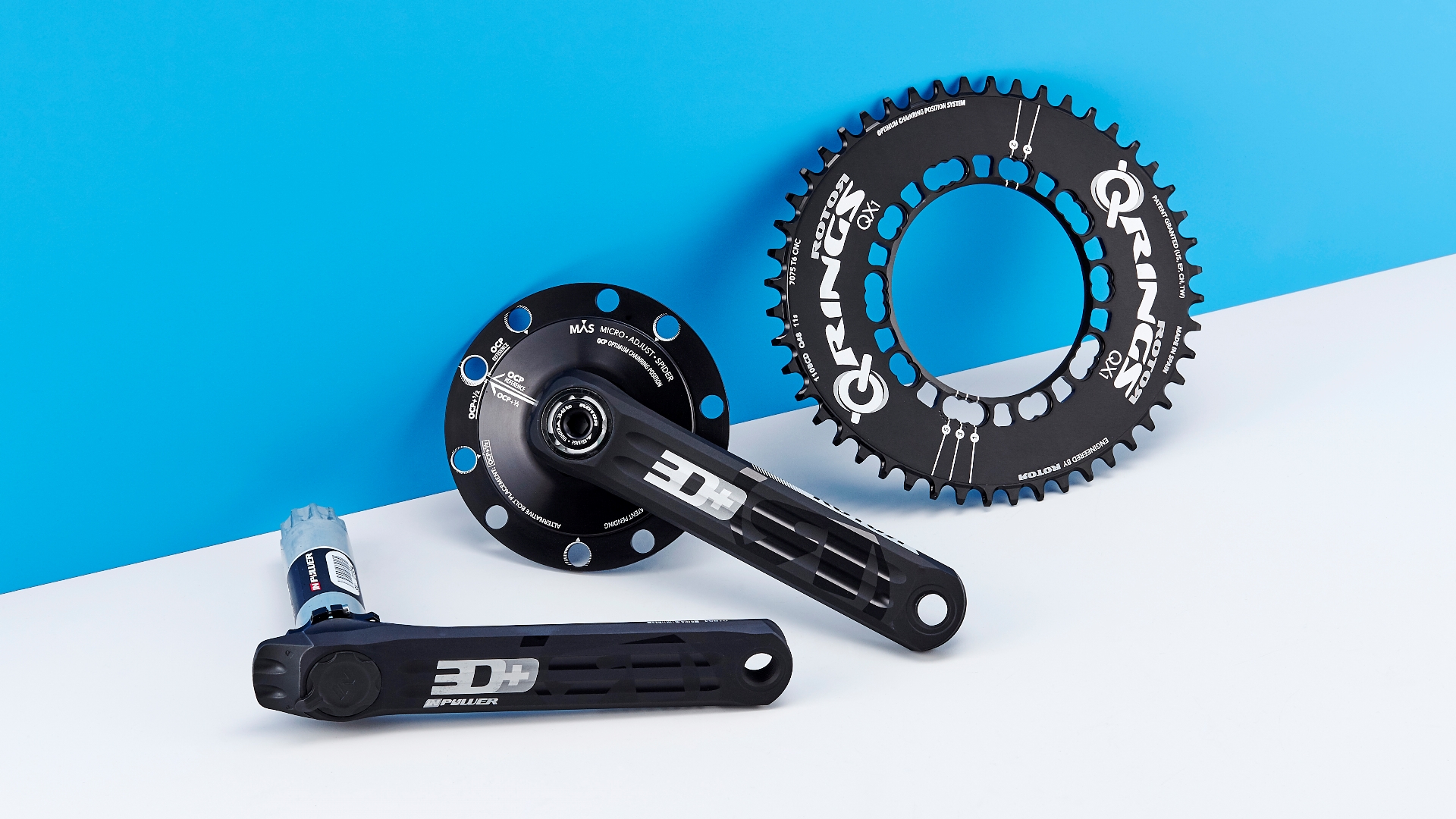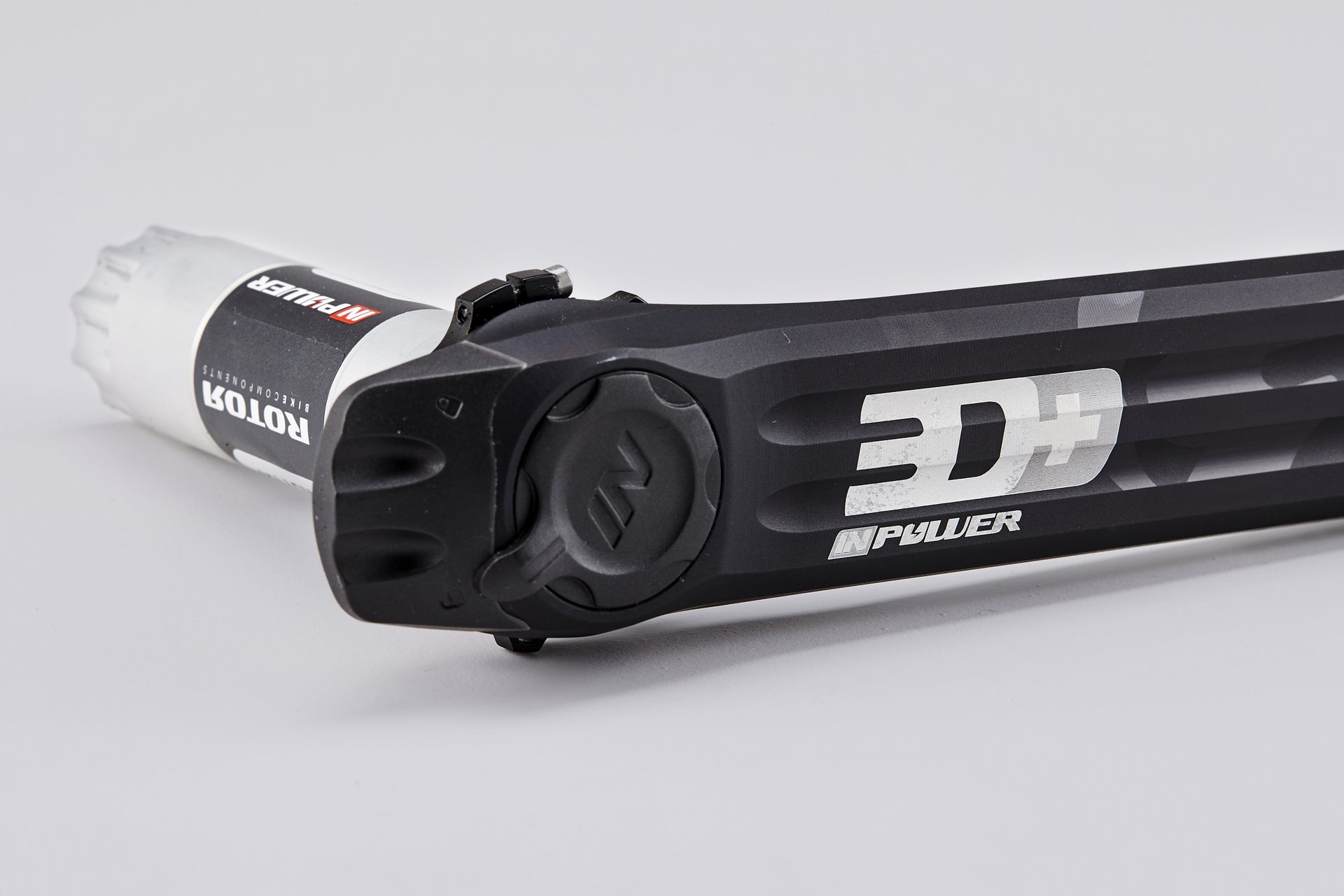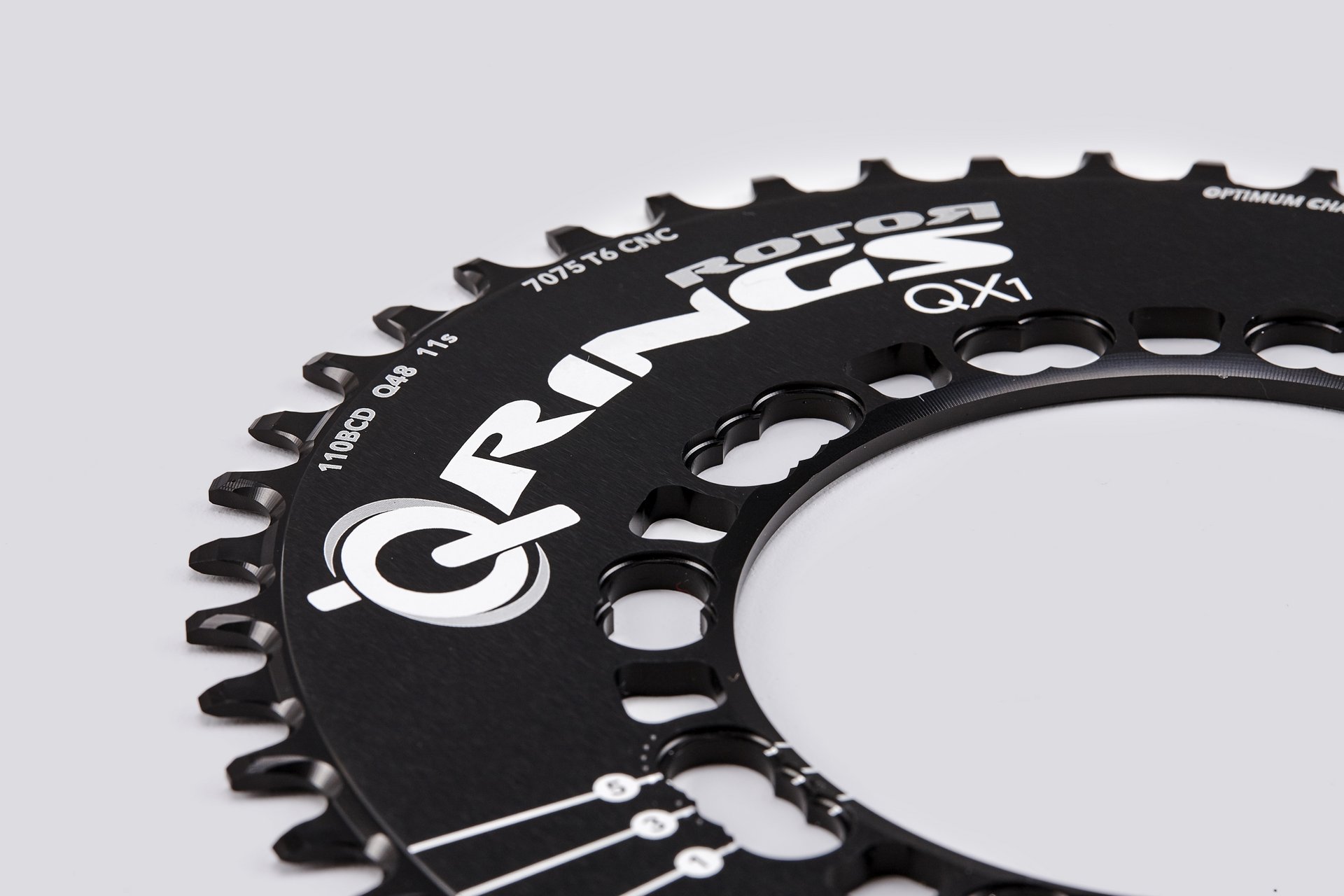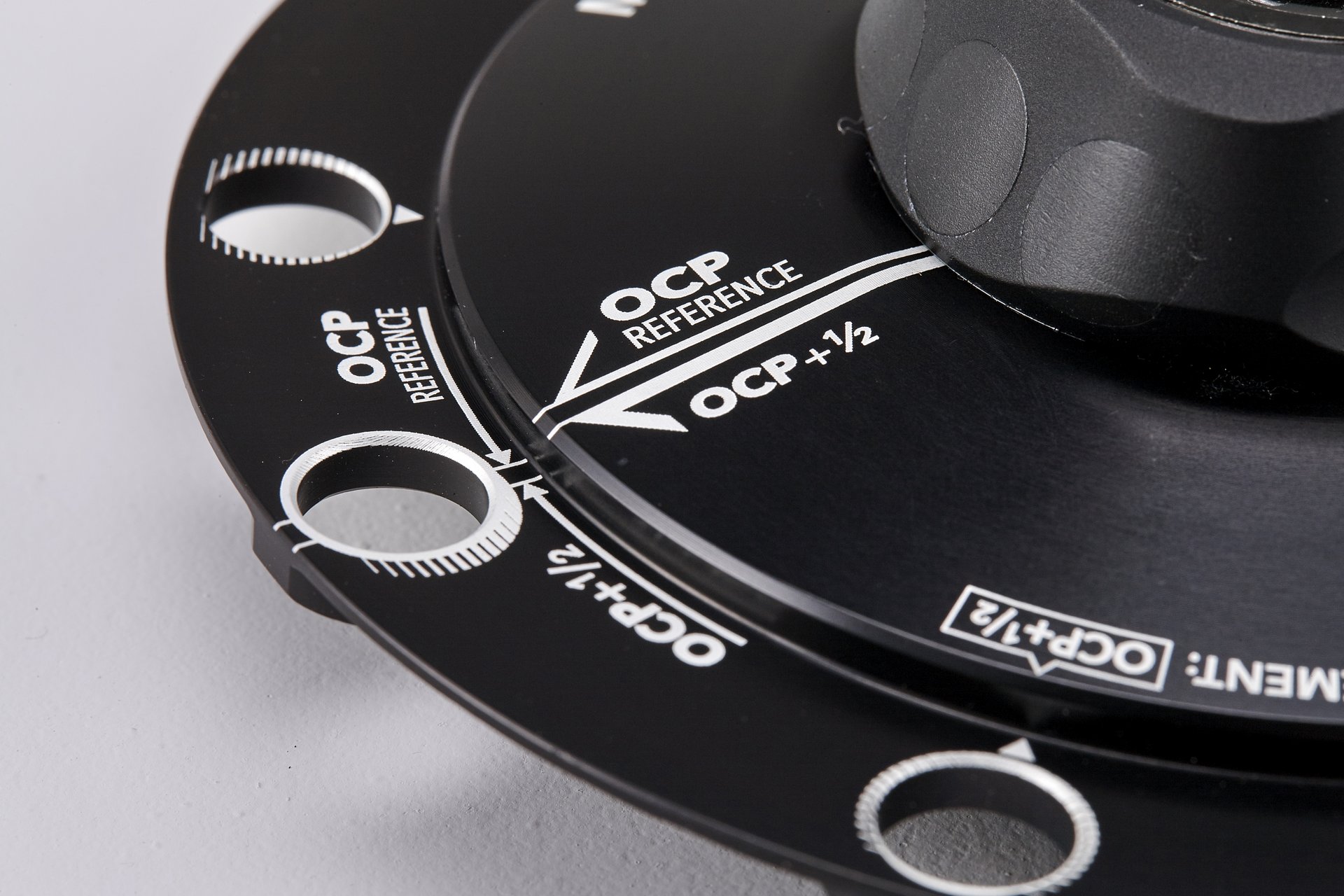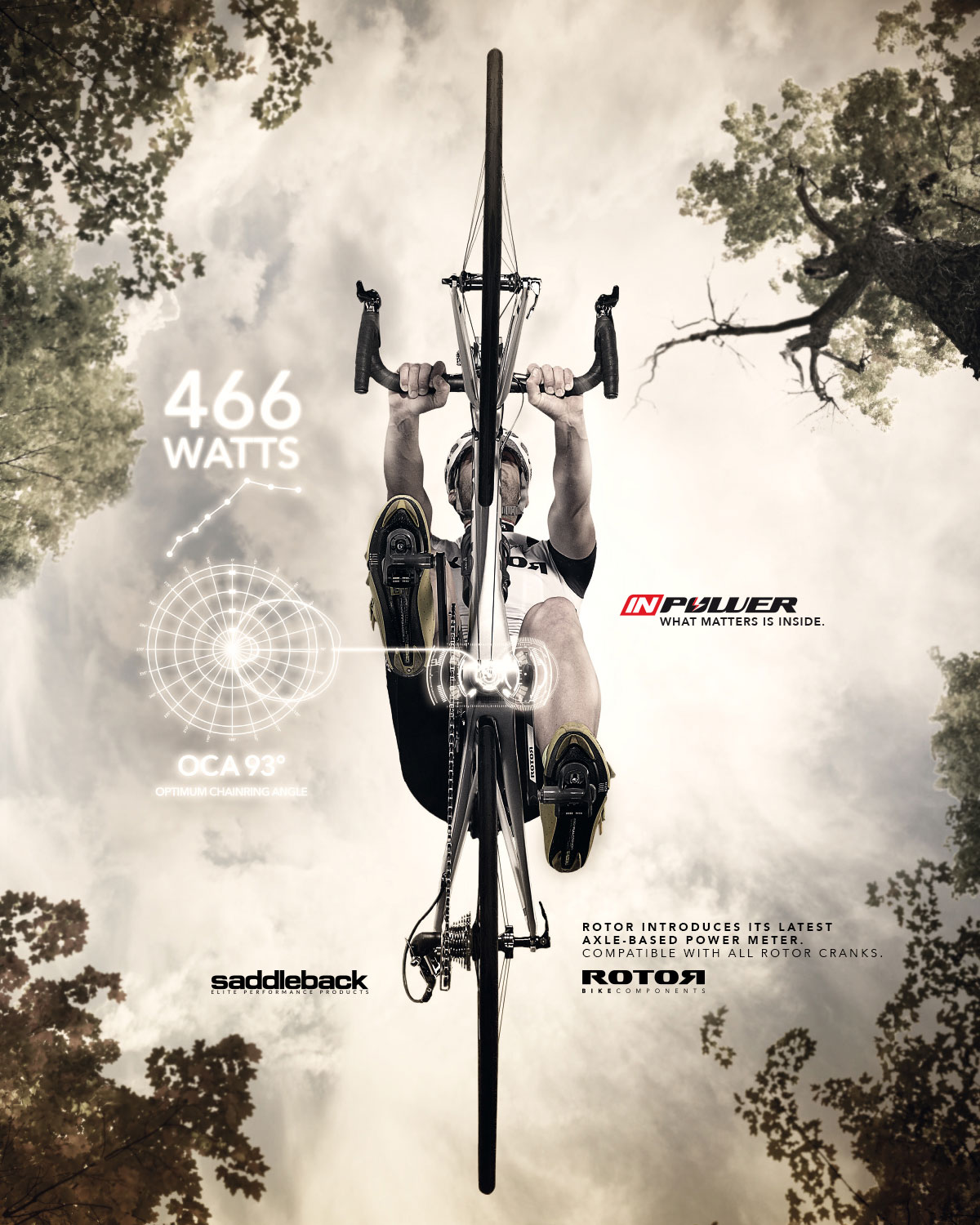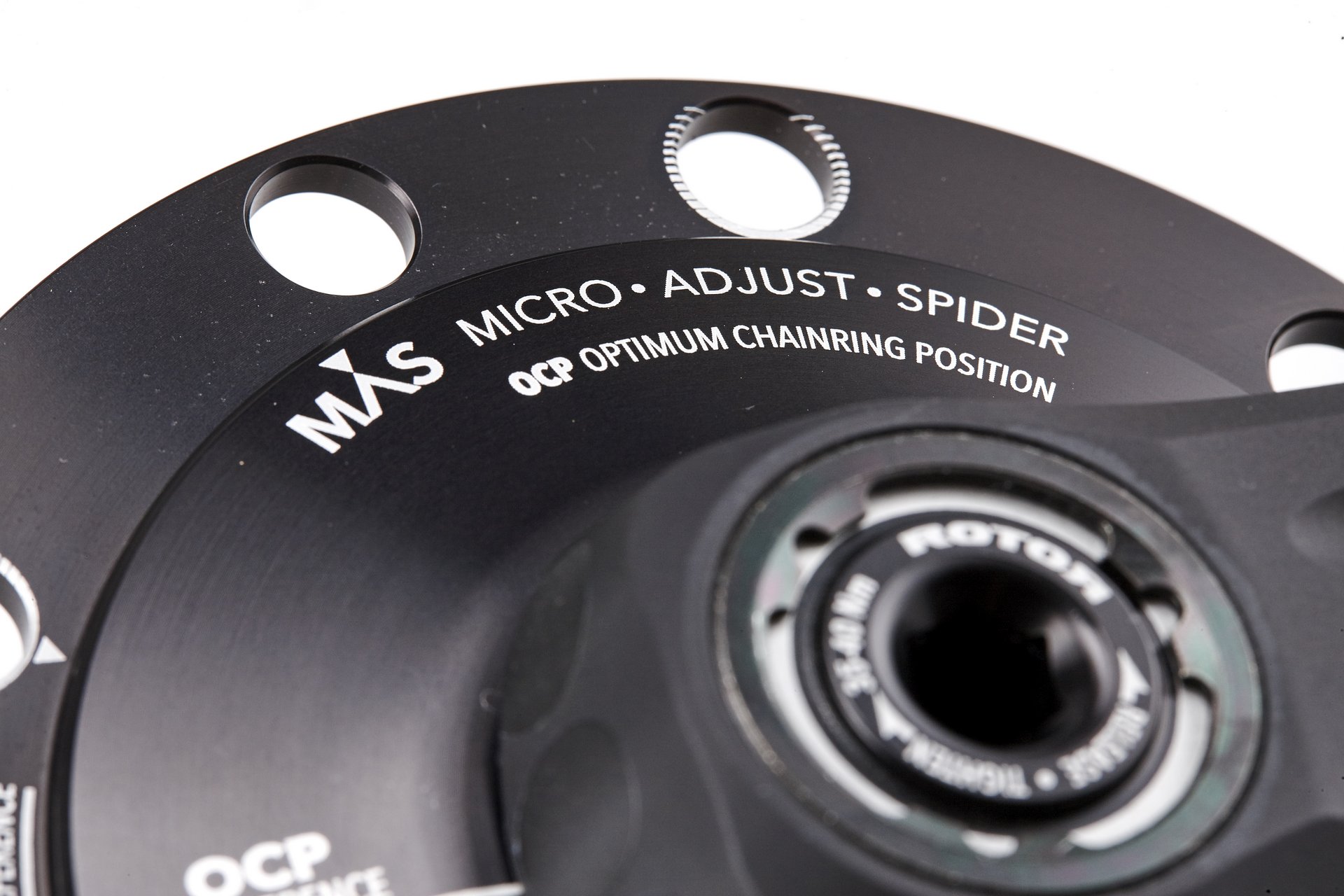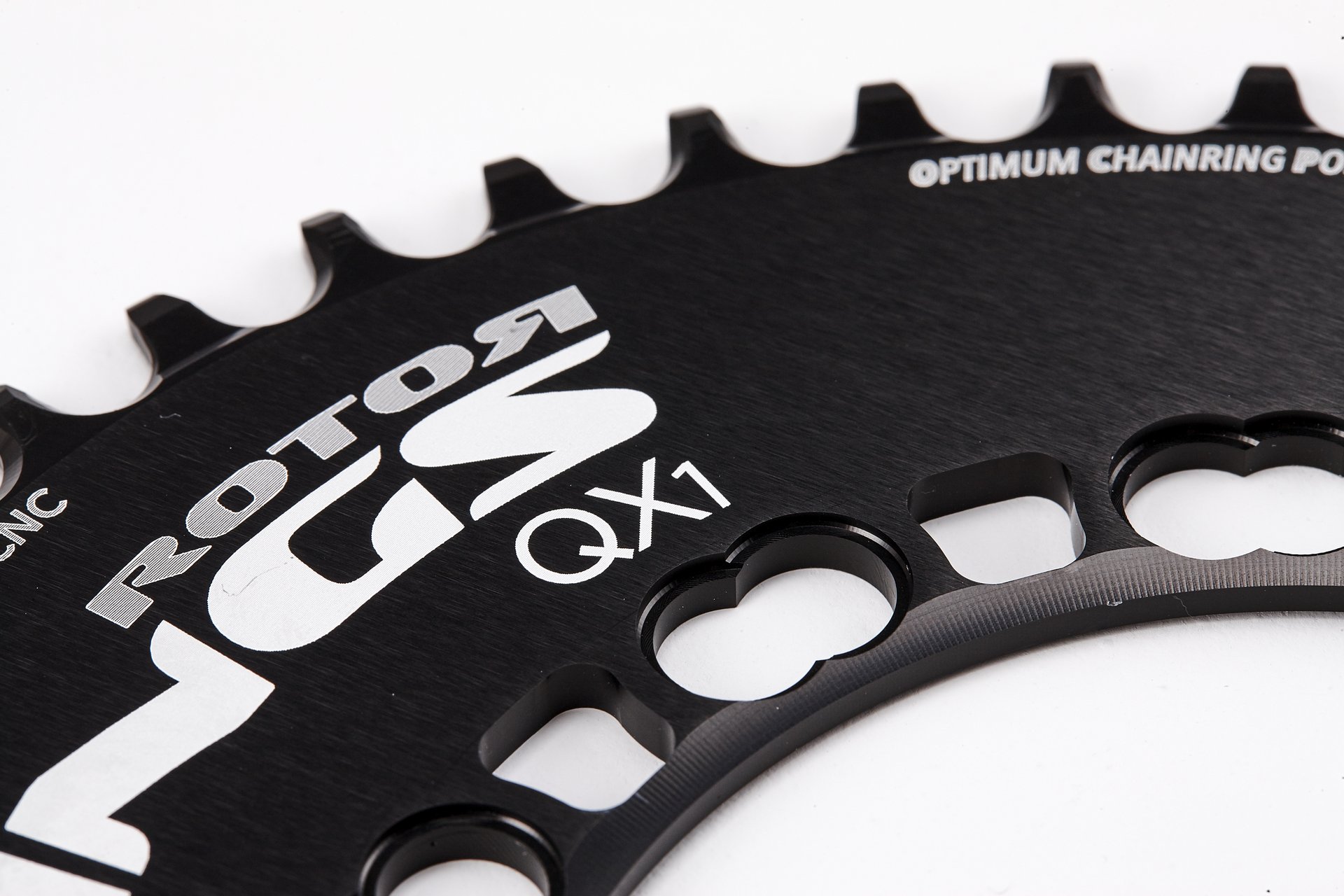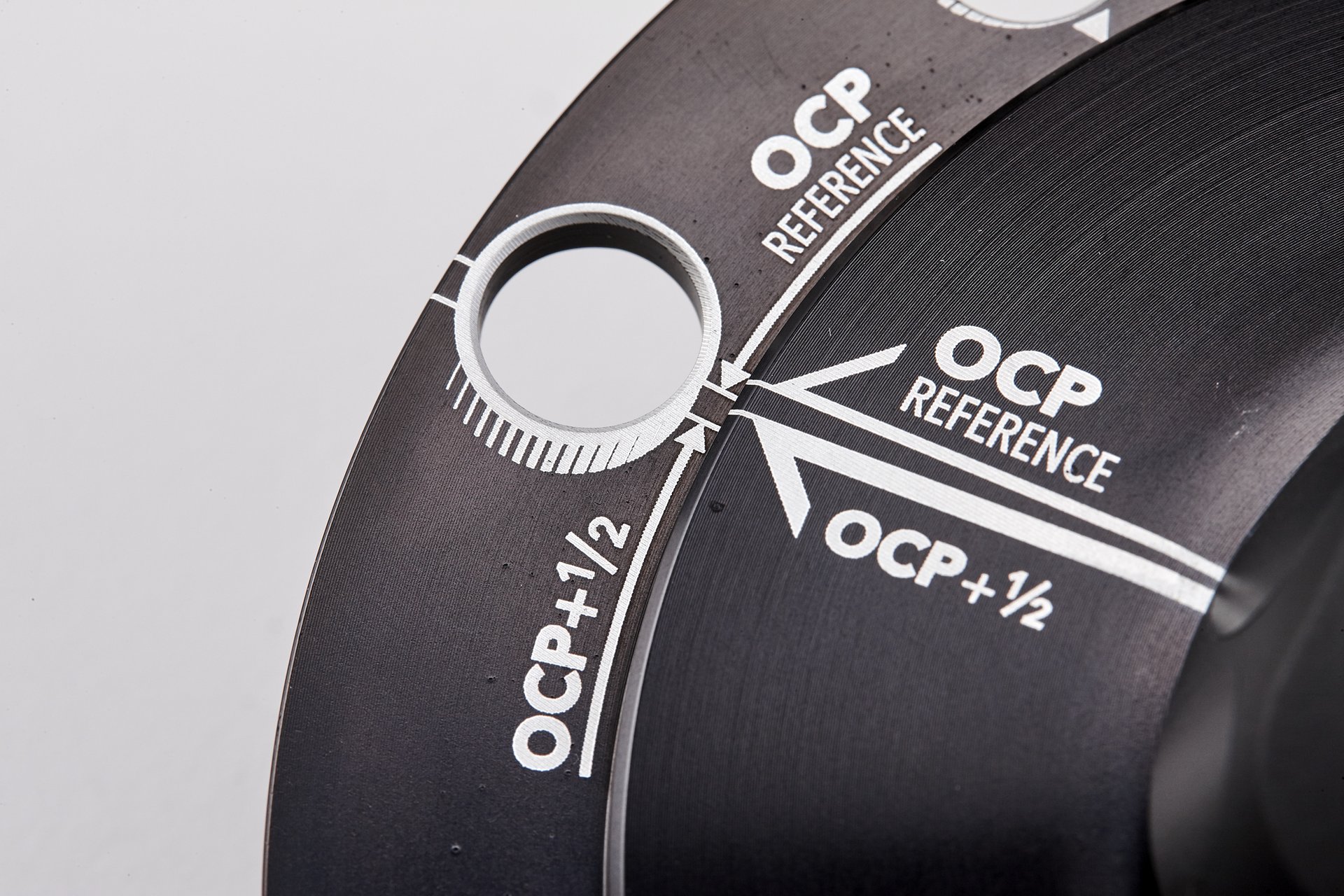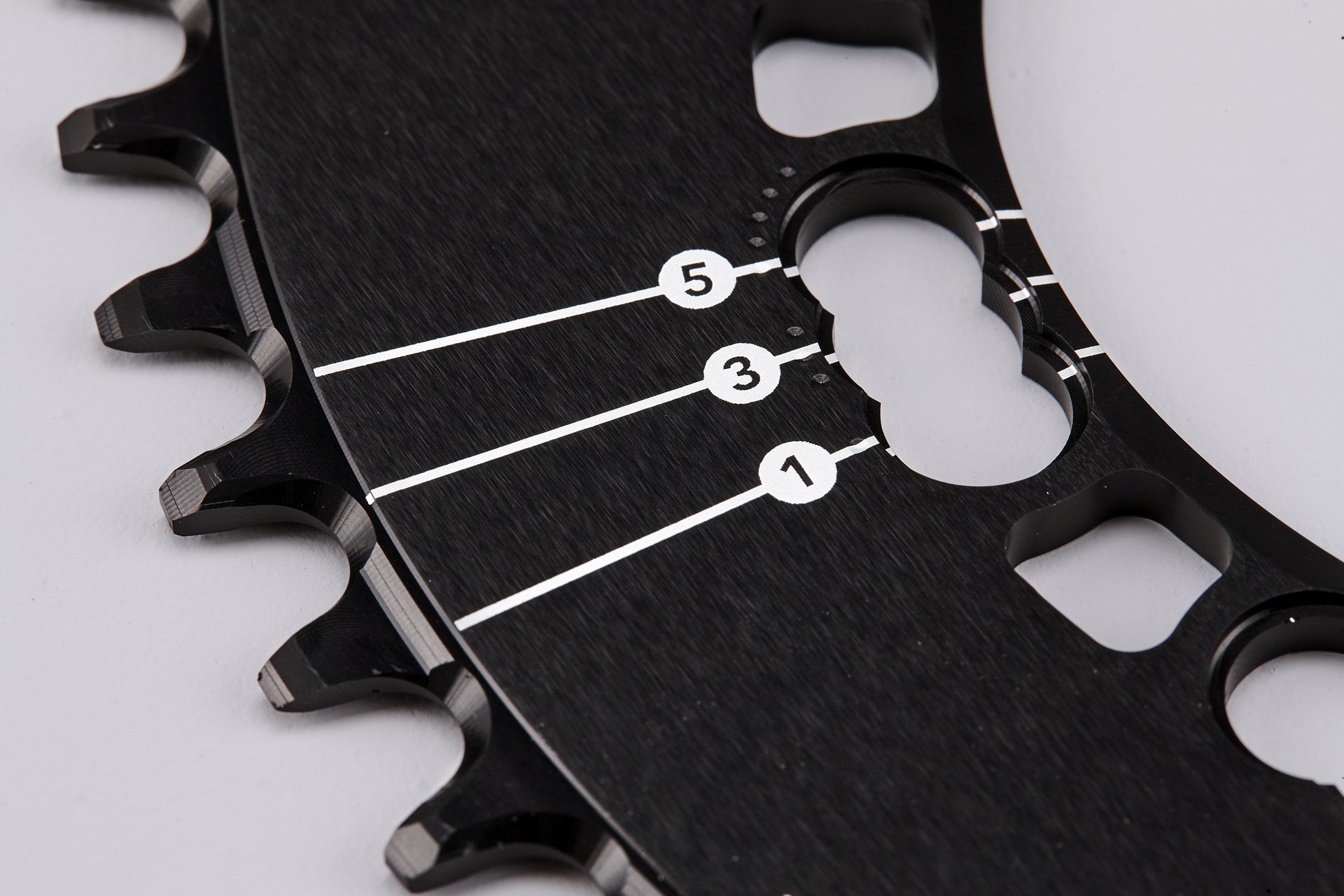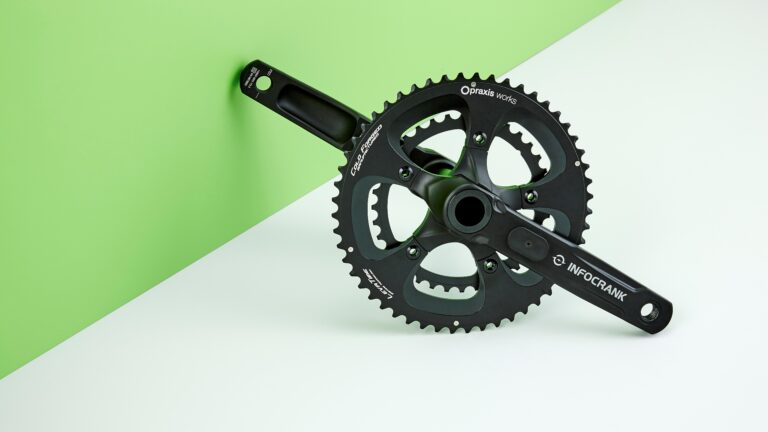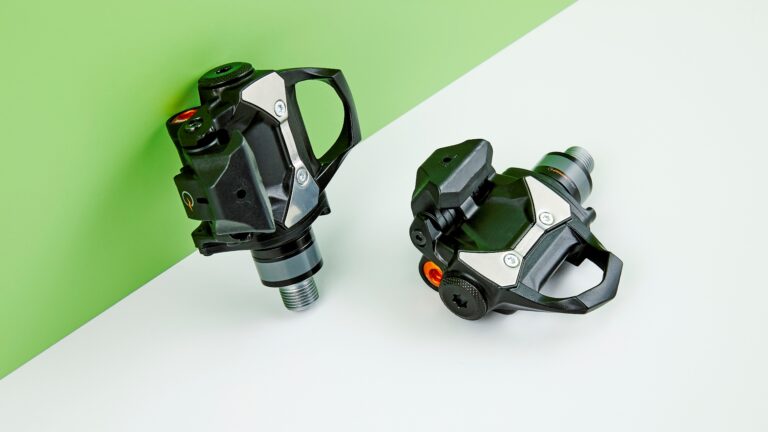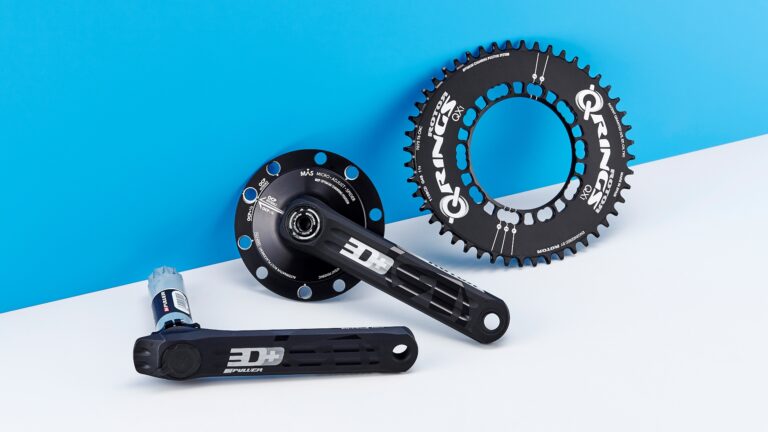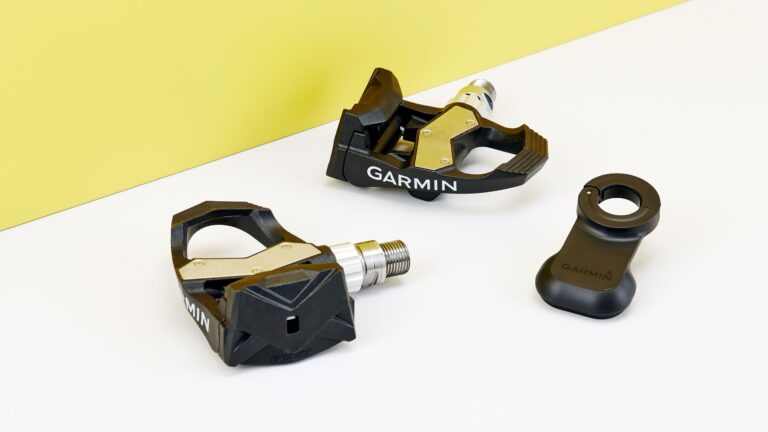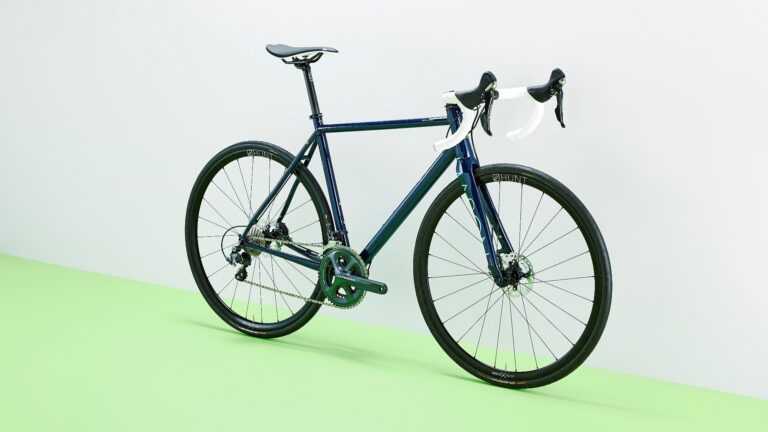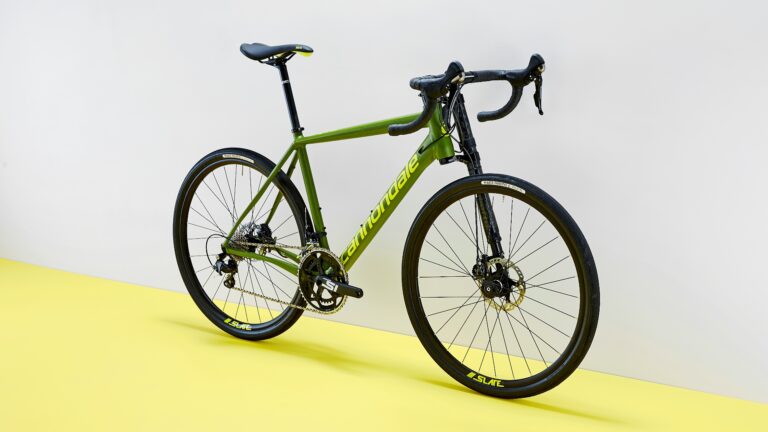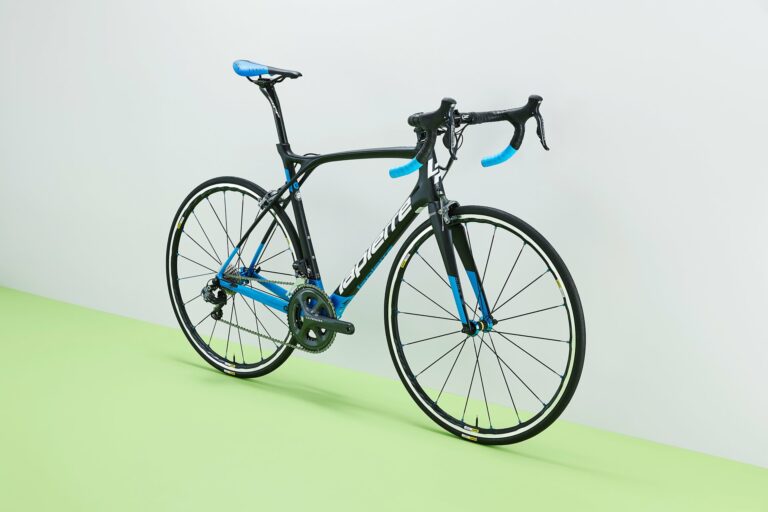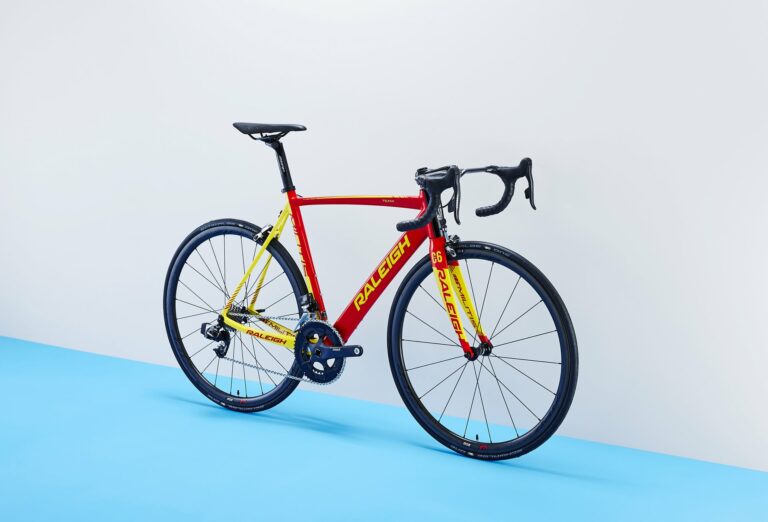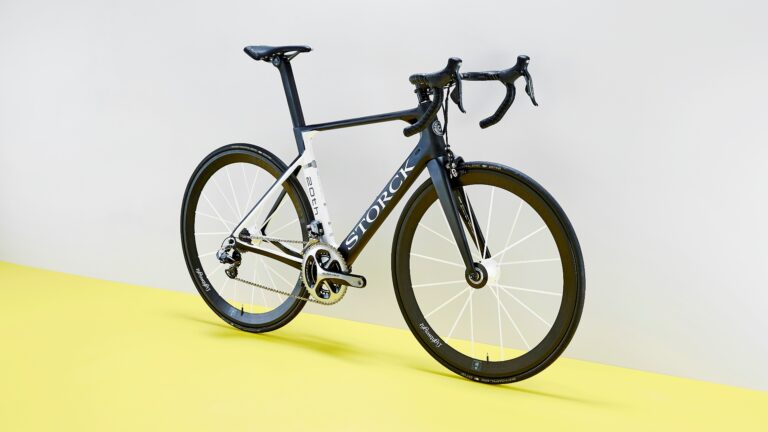As if more proof were needed that the power meter market is thriving, Rotor are another company that extended their power range in 2015
As you can imagine, one of the things that really matters to Rotor is how their power meters interact with their very own oval Q-Ring chainrings. With that in mind, Rotor use two things they call OCA (optimum chainring angle) and Torque 360.
The Torque 360 graph you can see on Rotor’s online software shows the force distribution in every pedal revolution, and allows the rider to see exactly where in their pedal stroke they apply force. The OCA value interacts with that, and shows the position in the pedal stroke where the work is concentrated.
These two together helps a rider understand in what position the Q-Rings work best for them, so they can adjust the angle of the chainrings on the crankset if it could be improved.
It’s also worth mentioning, despite those features, you’re by no means wedded to Q-Rings as the cranks have the same BCD (bolt circle diameter) as standard road cranks, so you can use them with any compatible chainrings – round or otherwise.
Another simple solution from Rotor comes in the way of batteries. Most power meters on the market use round, flat batteries – the CR2032 being a favourite – but the InPower works on an AA battery. Just one.
So basically, it’s easier to power than your TV remote, and Rotor reckon you can get 300hrs of riding time out of that single battery, too, which is pretty efficient. Even more so if you use a rechargeable AA battery. Just saying.
The InPower crankset we have here are Rotor’s 3D+ cranks, but you can buy InPower versions of any Rotor crankset you like, including the Flow aero cranks and even versions of their Rex mountain bike cranks.
Although the RRP will change depending on how exalted a crankset you want. If you want to save even more cash, you can also buy the InPower as a left arm only, to work with your current drive side crank arm/spider.
It’s pretty much the same idea as Garmin’s Vector 2S, but instead of receiving just one pedal, you get one crank arm with the attached axle and save yourself more than a hundred quid.
